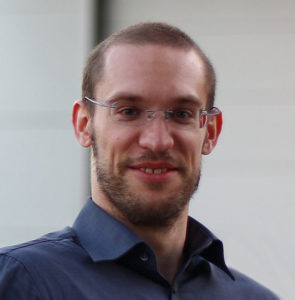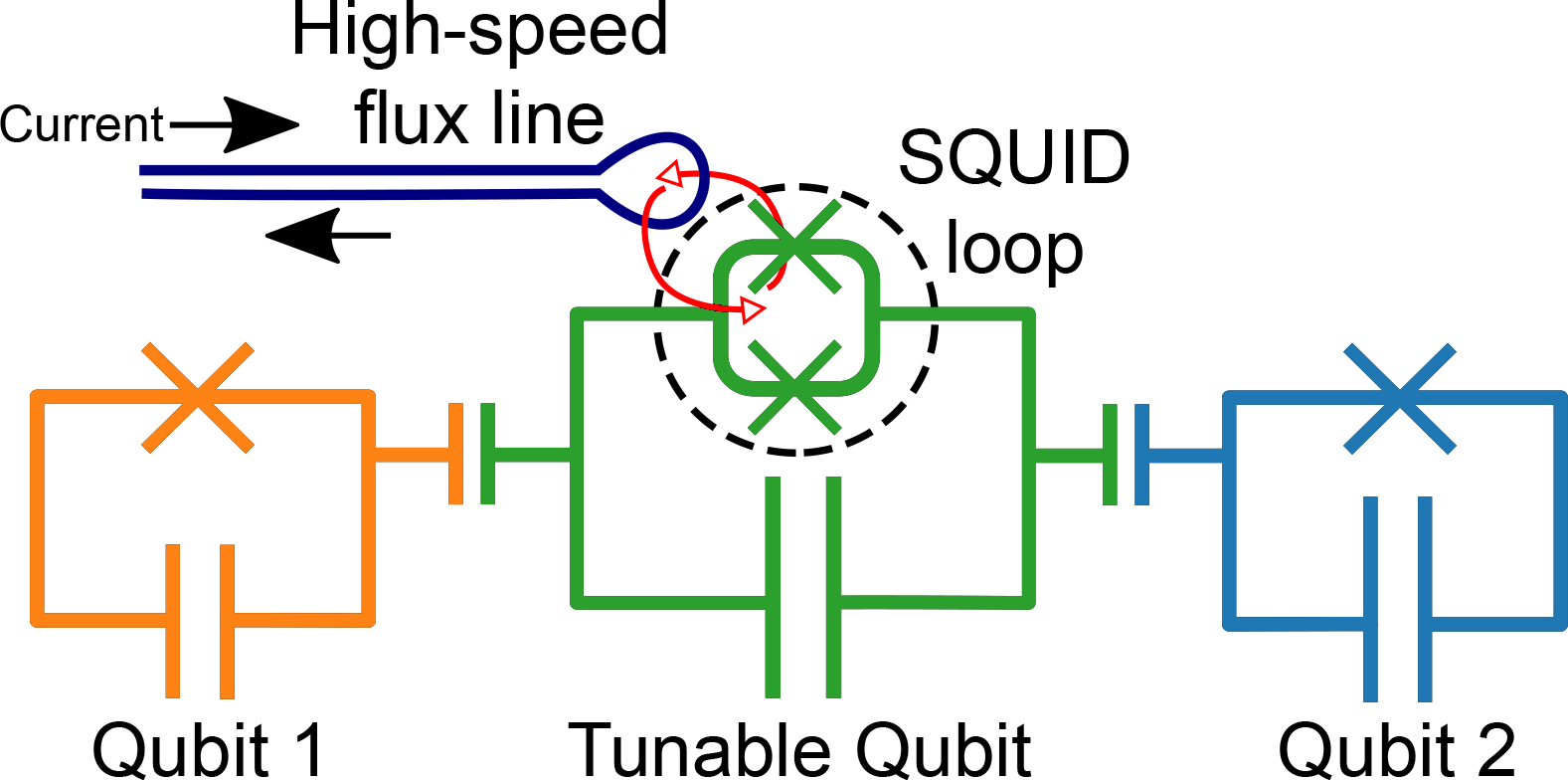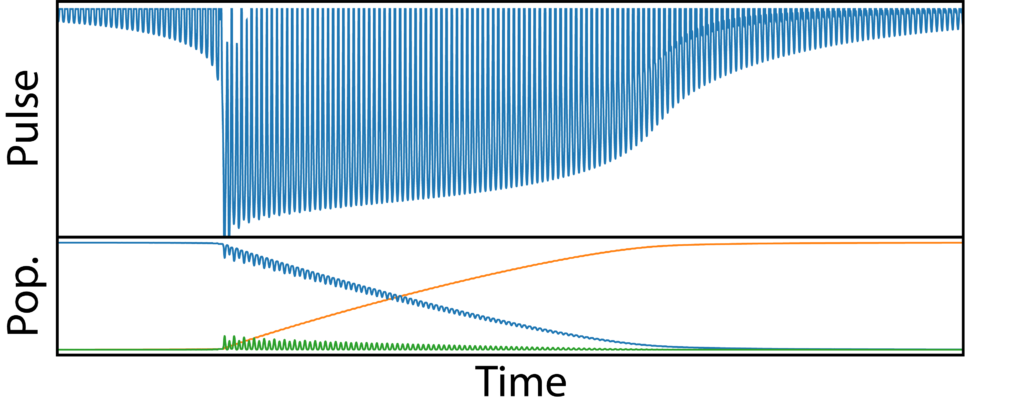
Dr. Momir Mališ
Host beneficiary: École Polytechnique Fédérale de Lausanne, Switzerland
Industrial partner: IBM Research Laboratory, Zurich
Description
In this collaborative project with IBM we will develop model Hamiltonians (generalised spin boson systems) for quantum computing, with focus on the effects of different models for the environment on the qbits. The different models will be tested comparing MCTDH, linearised and other mixed quantum-classical schemes.
Improving Quantum Logical Gates
A universal quantum logical gate is one of the key components of the universal quantum computer. It enables any quantum computational algorithm to be easily programmed into the real quantum computer by avoiding the hard-coded pre-determined logical gates that limit the number of different gate types a quantum algorithm can use. For this reason, designing an effective universal quantum gate is one of the major goals in the development of quantum computers. Here we are specifically interested in the design and further optimisation of the universal quantum gates between qubits made of superconducting transmon coupled via a tunable qubit.
Development Plan
Control pulses via Local Control Theory
The Local Control Theory (LCT) was used for the construction of the control pulses. For a brief description of the LCT click here. Construction of two pulse types using LCT was examined so far. Pulses were constructed for systems made of two or more fixed frequency transmon qubits all coupled to a single tunable qubit, whose frequency is precisely tuned by the control pulse:

One of the simplest generated pulses is the state preparation pulse displayed in Figure 1 for a complete population transfer from one qubit state (blue) to another qubit state (orange). This pulse was obtained directly from LCT without any optimization. Applying an additional optimization procedure it can be further shortened and made to drive the population also in the reverse direction. More information will be available soon in an upcoming per-review paper.

List of Tasks
- Analyse in detail the application of the Local Control Theory (LCT) for on-the-fly construction of controlled pulses on isolated model systems.
- Built the required set of program packages for the application of the LCT and optimised their performance.
- Apply the LCT program package for the construction of controlled pulses on a more realistic open quantum model systems.
List of Modules
LocConQubit
Status: Completed and delivered
Description: This module is a toolbox of subroutines and procedures for construction of control pulses via the Local Control Theory in isolated qubit systems.
OpenQubit
Status: Completed and delivered
Description: This module is a patch to the LocConQubit module which introduces the master equation and corresponding options for construction of controlled pulses in open quantum model qubit systems.
Published Results
M. Mališ, P. Kl. Barkoutsos, M. Ganzhorn, S. Filipp, D. J. Egger, S. Bonella, and I. Tavernelli, " Local control theory for superconducting qubits", Phys. Rev. A 99, 052316. DOI: 10.1103/PhysRevA.99.052316 (open access)
Outreach Material
Recent Posts

PaPIM: A code for Quantum Time Correlation Functions

E-CAM Case Study: Designing control pulses for superconducting qubit systems with local control theory

PIM_wd: Module for sampling of the quantum Wigner distribution
6 software modules recently delivered in the area of Quantum Dynamics

LocConQubit, a module for the construction of controlled pulses on isolated qubit systems using the Local Control Theory
